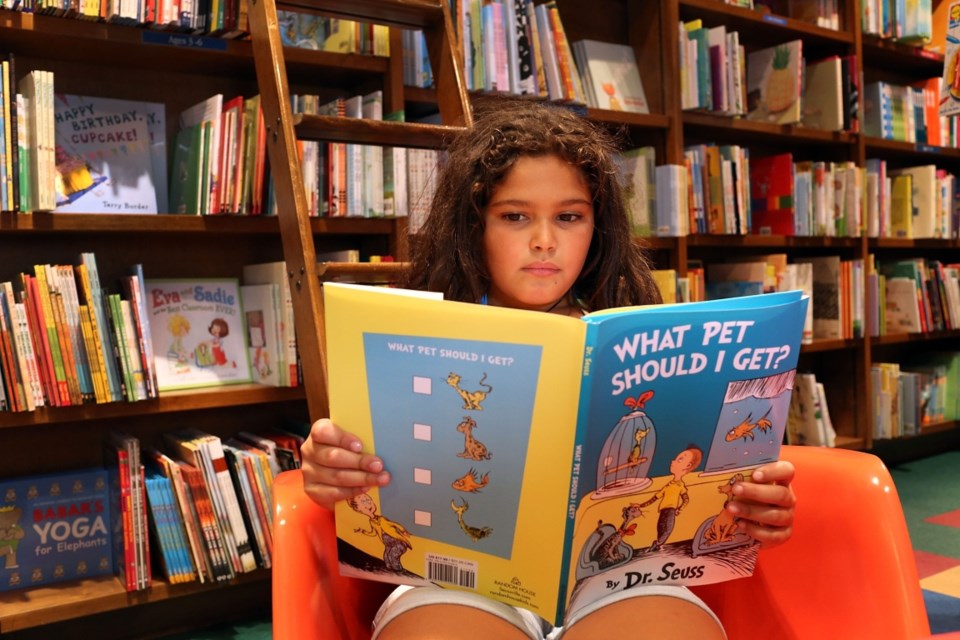Dr. Seuss once said, “You can steer yourself any direction you choose.”
And, according to a new study from St. Catherine University, that should be away from Dr. Seuss books.
The study, published in the journal for Research on Diversity in Youth Literature, analyzes 50 books and more than 2,200 characters created by Dr. Seuss. Of those characters, only 45 are of colour.
“The presence of anti-blackness, Orientalism and white supremacy span across Seuss’ entire literary collection and career,” say researchers Katie Ishizuka and Ramon Stephens.
Ishizuka and Stephens collected several instances of Seuss’ racism to illustrate their point.
For example, in the original version of the story And to Think that I Saw it on Mulberry Street, a Chinese man is drawn “with chopsticks and a bowl of rice in his hands, bright yellow skin, slanted eyes, a long black braid, and a conical hat,” write the researchers.
In the book If I Ran the Zoo, a white man says he would “put a person of colour wearing a turban” on display.
Ishizuka and Stephens call this is an act of “dehumanization,” which is “to treat someone as though he or she is not human.”
Researchers also found that Dr. Seuss only ever wrote about two human black characters, and both are depicted as monkeys.
From 1941 to 1943, Dr. Seuss — born Theodor Seuss Geisel — worked as the chief political cartoonist for a New York newspaper called PM.
During his tenure, Seuss published more than 400 cartoons, nearly all of which were about the Second World War.
Most of his drawings took aim at people like Hitler and Mussolini, and ideologies such as anti-Semitism. However, Seuss also created several racist cartoons about black and Japanese people.
The internment of Japanese Americans began shortly after Seuss’s cartoons were published. It’s widely believed that Seuss tried to make amends for his racism towards Japanese people in later stories, such as Horton Hears a Who.
Researchers say the treatment of non-white characters in Dr. Seuss stories encourages “the development and reinforcement of racial bias in young children.”
Carl James, an education professor at York University, agrees.
“[Literature] has an impact and an influence on the early development of self, the understanding of self, how children come to know themselves and […] their potential,” says James.
“Therefore, we need to pay attention to the [way] literature conveys messages.”
For James, banning problematic literature from the curriculum should always be a possibility.
“We have to think [about] when it was considered a classic,” says James. “What was the political, social and economic context at that time? And what has changed since then that we have now become aware?”
It’s crucial that the stories our children learn progress as society does, according to James.
“It’s not to say that some of those classics cannot be looked at. It’s also [asking ourselves], ‘What is the critical lens we’re going to use to interpret that?'” James says. “We need to give kids the lens to critique the work.”
James says it’s paramount that kids are taught that those controversial stories don’t “undermine their potential or their abilities or their sense of being or their sense of belonging.”
“We can’t leave these [stories] to chance, and we can’t simply ignore differences… We must always be taking these [differences] into account and revisiting the Canadian content [accordingly].”
Random House Children’s Books announced Thursday that Dr. Seuss’s Horse Museum will be released on Sept. 3. The book is based on an unfinished manuscript by the late Dr. Seuss.
Follow @meghancollie